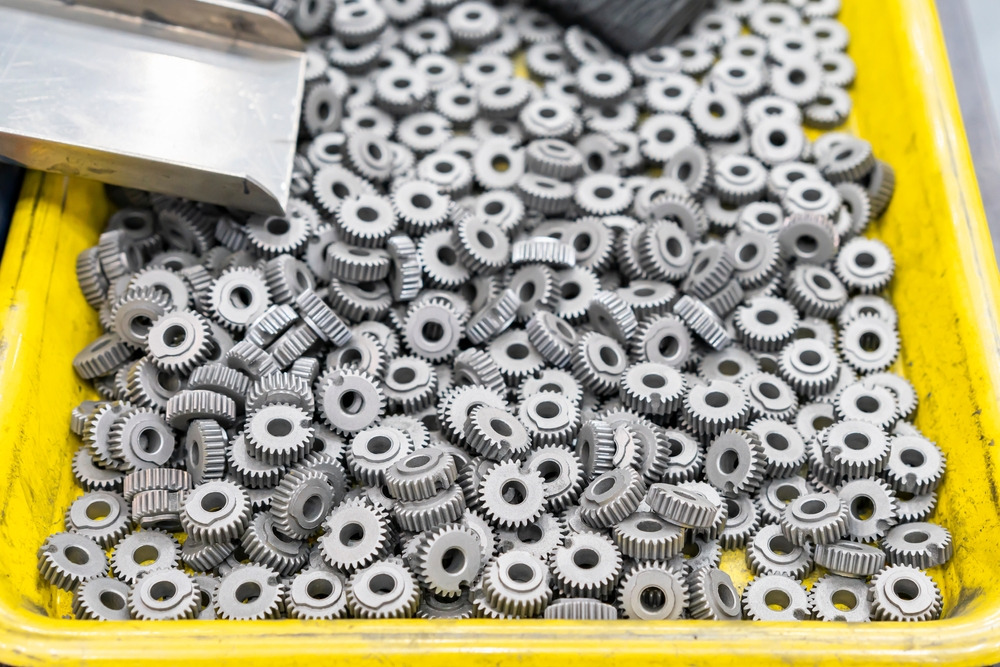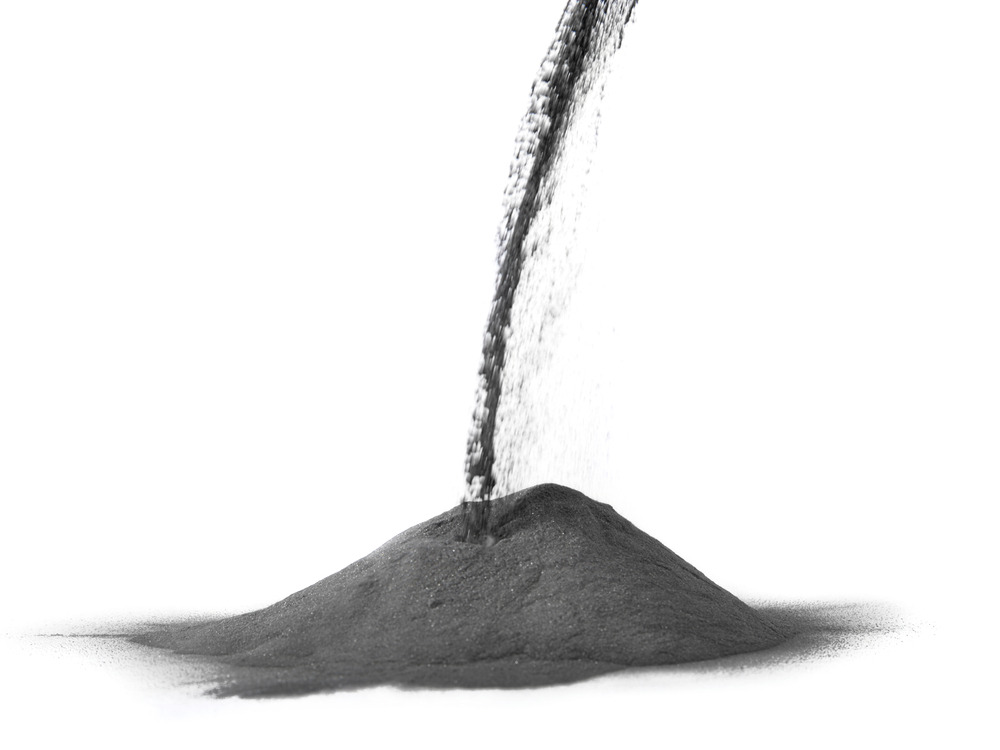
Welcome to the Modulus Metal Powder Metallurgy Services page! We offer a variety of high-quality manufacturing services using the powder metallurgy method. Below, you will find explanations of each service we offer.

- Cold Die Pressing and Sintering: Cold die pressing and sintering is a process in which metal powders are shaped and consolidated using high pressure and heat. In this process, the metal powders are placed in a die and subjected to high pressure, which compacts the powders into the desired shape. The shaped powders are then sintered, or heated to just below the melting point, to create a solid, coherent piece. This process is often used to create complex, high-strength parts with good dimensional accuracy.
- Cold Isostatic Pressing: Cold isostatic pressing is a process in which metal powders are shaped and consolidated using high pressure and heat. In this process, the metal powders are placed in a flexible container, which is then subjected to high pressure. The pressure compacts the powders into the desired shape, and the resulting piece is sintered to create a solid, coherent part. This process is often used to create complex, high-strength parts with good dimensional accuracy.
- Hot Pressing: Hot pressing is a process in which metal powders are shaped and consolidated using high pressure and heat. In this process, the metal powders are placed in a die and subjected to high pressure and high temperatures. The pressure and heat cause the powders to flow and fill the die, resulting in a solid, coherent piece. This process is often used to create high-strength parts with good dimensional accuracy.
We hope this information has been helpful in understanding the manufacturing services we offer at Modulus Metal Company using the powder metallurgy method. Thank you for considering us for your manufacturing needs.
Related Standards:

